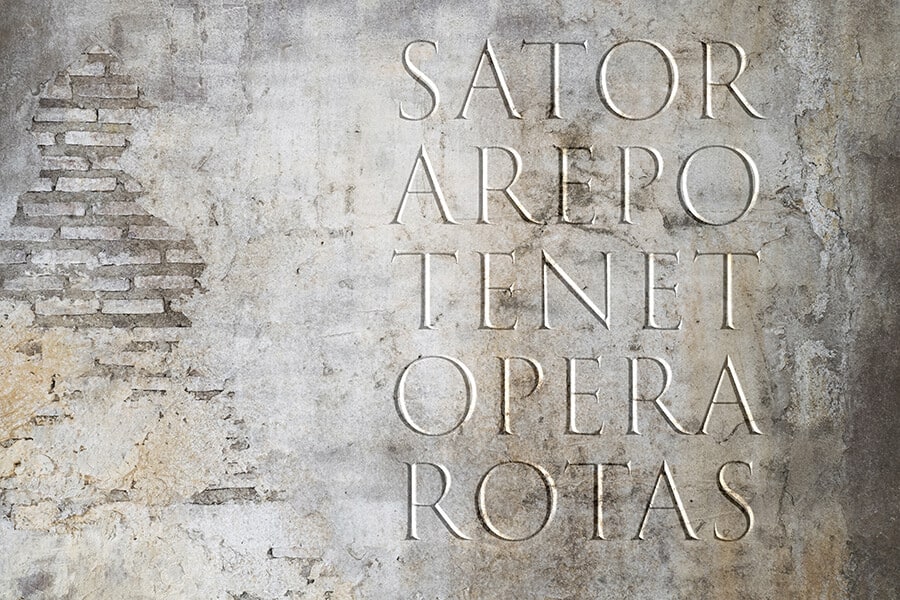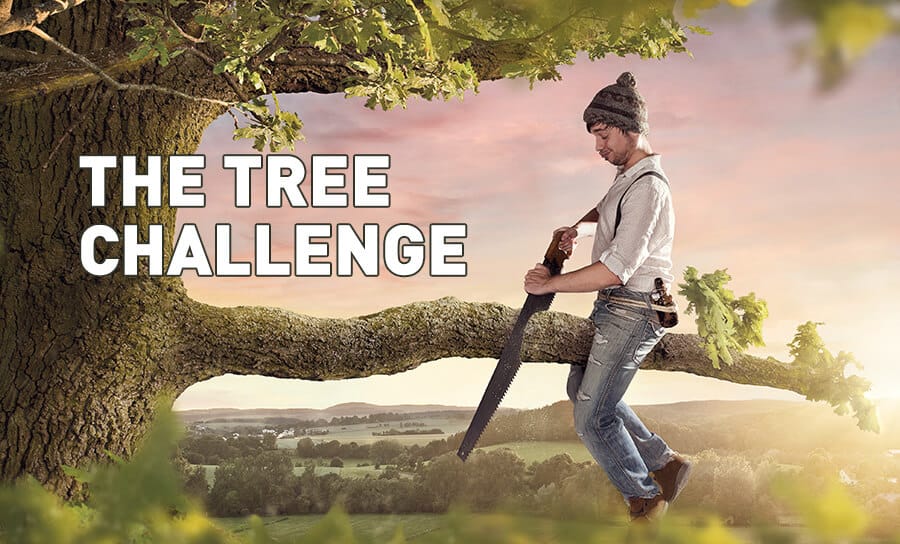Memes have slowly become our main form of expression. We see one; we send it to the person we think feels the same at a certain point in his life. You have a meme that corresponds to every scenario you might think of, and people seem to love them. But how did they become the most common thing we see in our newsfeed? How did memes become a new way of communication?
You probably think that the “Meme” phenomenon only saw the light of day after the Internet became part of daily life. You’re only partly right! Today, we refer to memes as pictures or videos which have gone viral through the Internet and relate to a certain context, whether that be politics, daily life, habits, or culture. They’re funny, satiric, relatable, amazing!
However, a definition that we encountered in the Collins dictionary specifies the meme as “an idea or element of social behavior passed on through generations in a culture, especially by imitation.” This lets us know that memes were a part of our society way before the Internet and that they’re so much more than just an image or text that we usually share.
The earliest recorded repetition of this sort of cultural and social element is the palindrome “SATOR AREPO TENET OPERA ROTAS.” This palindrome dates from 79 AD and was first found in a ruin in Pompeii. In 1979 it became visible in the form of graffiti in different cultures worldwide, including England, France, Italy, and Syria. Its meaning remains unknown, but it is supposedly a Latin prayer used in various times and cultures.

Next, in 1954, J.R.R Tolkien’s trilogy “The Lord of the Rings” also brought the world some decent meme material. The famous character of the trilogy – Frodo Baggins – was the protagonist. You could basically find the phrase “Frodo Lives” written all over cars, graffiti, buttons, or stickers. People used it as a metaphor and considered it relatable – making it an element of repetition and cultural expression – therefore, a meme.
This is how we know that these forms of expressing cultural elements took place way before the Internet, although they were not referred to as memes!
Who Coined the Word “Meme” Anyway?
The first person to have coined the word meme was Richard Dawkins, in his 1979 book titled “The Selfish Gene.” Dawkins came up with the term while trying to find a unit that measured how ideas were spread across generations. Dawkins considered the meme to resemble a gene, in the sense of its evolutionary properties. Just as genes and physical traits evolve through natural selection, the same happens to memes through ideas, if they undergo evolution. The first version of the word used by Dawkins was originally Mimeme— a Greek word signifying “that which is imitated.” The term was later modified to just “meme” to emphasize its relevance to the word “gene.”
But coming back to the world of the Internet, when did internet memes start becoming popular?
Internet memes usage grew rapidly during the ‘90s. They specifically started spreading and being shared via emails or Usenet forums, but also through message boards and newsgroups. It was simply the perfect form of sharing fun interactive content with people of the same group. The earliest forms of image-based memes used to include the de-motivator, image macro, photo-shopped image, LOLCats, advice animal, and comic.
The very first Internet meme that went viral was the dancing baby, created in 1996 by the graphic designer Michael Girard. He had finally come up with software which showed how movement can be programmed and projected through computers. The result was the super-famous Cha-Cha-Cha baby, which was later turned into a GIF shared largely via emails and forums.
After this, there was no turning back. The growth of memes as a means of communication grew fast, as the internet kept evolving. Once the YouTube platform appeared, back in 2005, we started seeing video memes such as Rickrolling, Turn Down for What, or the Harlem Shake dance which were spread massively through video sharing. Sharing these “units of information” got a whole lot easier after social media websites such as Twitter and Facebook became popular. There are now even Meme generator websites that allow users to create their own memes out of existing templates. This is giving many people the opportunity to use these templates, to express their political opinions, psychological feelings, or just ordinary, plain life thoughts.

What’s the Difference Between ‘90s Memes and Today’s Memes?
It seems that the level of appreciation shown towards memes was much greater twenty-five years ago than today. Memes before the era of Facebook, Reddit, 9GAG, or 4Chan remained popular for a long time, for months or even decades. This is because the Internet did not move at today’s fast pace. There were some very significant memes that showed political or cultural perspectives, which had a long-lasting duration. Nowadays, memes have countless contexts – from politics, to pop-culture, sarcasm, irony, or even nihilism. References are of different sorts, from movies, songs, hideous paparazzi snapshots of celebrities, animals, and many, many others. They multiply over the course of an hour, and they go viral overnight. It is very hard to keep up, and that’s why they tend to disappear in a relatively short time.
Most memes have some spice or humor behind them, and the impact that they have depends entirely on how people feel about what is being expressed through the meme. Lately, it seems that we are all facing the consequences of post-modern problems, hence, there are many meme pages addressing issues regarding capitalism, climate change, xenophobia, or political views. We can freely conclude that they’re also educational!
Beyond all that, today’s memes commonly express a state of mind. And that is something that needs to be highlighted. They are replacing words and texts, entering the level of language.
To understand the impact of Internet memes on cognitive linguistic and construction grammar, Dancygier and Vandelanotte conducted an examination in 2017. The authors analyzed some selective popular image macros like “said no one ever”, “one does not simply”, “but that’s none of my business”, and “good girl Gina” to draw attention to the constructionality, multimodality, viewpoint and intersubjectivity of these memes. They further argued that with the combination of text and images, the internet memes can add to the functioning linguistic construction framework as well as create new linguistic constructions.
All in All, What Elements Make a Meme?
Digitaltrends offers a very accurate, practical summary of what makes memes:
“Even if memes seem impossible to understand, chances are you’ve come across at least one over the years that’s made sense to you. Whether you partook in the Ice Bucket Challenge, have a “Keep calm” mug on your desk at work, or have used the words “Fail” or “Winning,” ironically or not, then you’ve participated in a meme. You heard of it through the grapevine, you understood it, you changed its context, and you appropriated it for your own usage. Those are the key components of what makes a meme a meme.”
And we could not agree more. To add more to all this, memes are even determining friendship levels. The frequency of sending memes defines the degree of closeness in a relationship, whereas the type of memes we send defines the group we hang out with! Can this whole meme form of expression go any further? I don’t know. Maybe we’ll have to add a sequel to this article predicting the future of the meme generation. We just might!
Read more articles from the author.
Photos: Shutterstock / Concepts by: Martina Advaney
Support us!
All your donations will be used to pay the magazine’s journalists and to support the ongoing costs of maintaining the site.
Share this post
Interested in co-operating with us?
We are open to co-operation from writers and businesses alike. You can reach us on our email at cooperations@youthtimemag.com/magazine@youthtimemag.com and we will get back to you as quick as we can.









